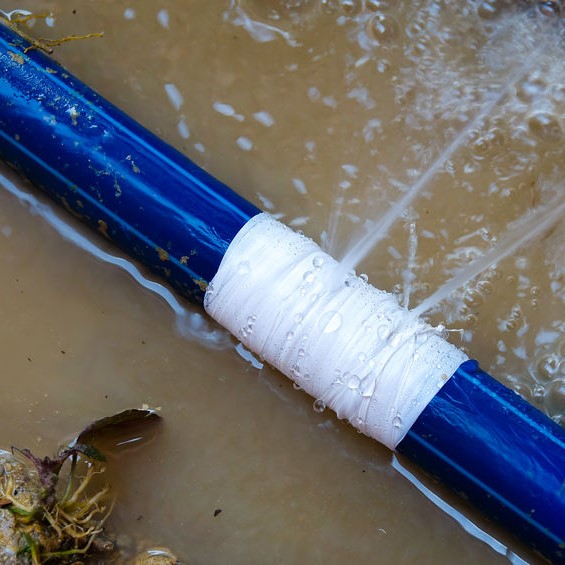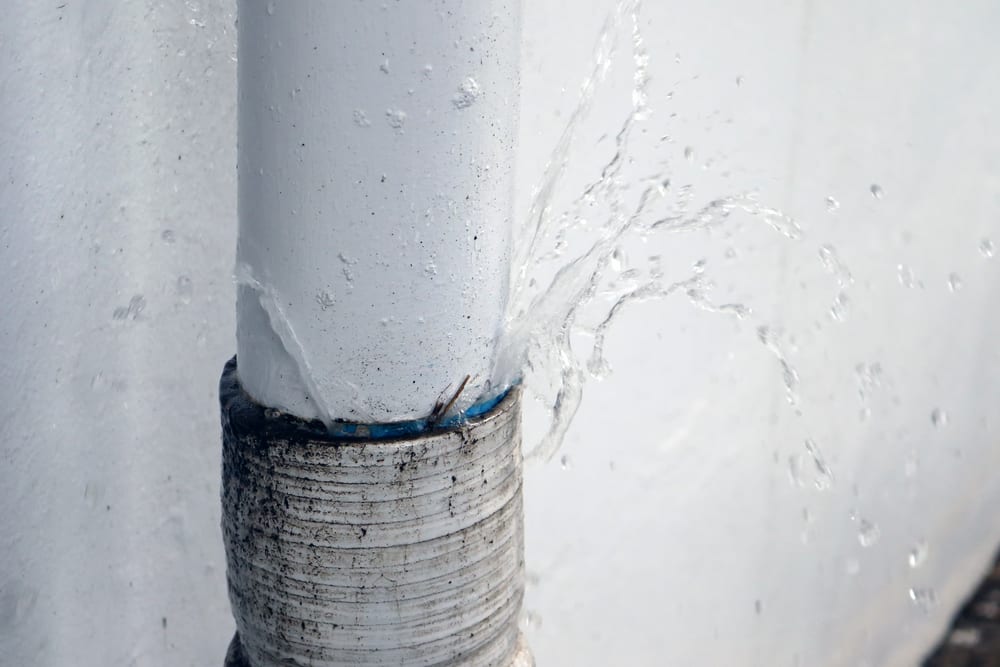Quick-Response Plumbing: Tips for Identifying and Repairing Burst Pipes
Quick-Response Plumbing: Tips for Identifying and Repairing Burst Pipes
Blog Article
The author is making a number of great observations relating to What to Know Before Installing a Dishwasher as a whole in the article in the next paragraphs.

A burst pipe is a major emergency; you can just stand as you see water you pay very much to reunite with the earth. In worse instances, you observe a swimming pool on your kitchen area floor, which is a great journey danger, specifically if you have youngsters around. If the pipeline that ruptured was in your walls, bad news: you may require to paint that whole section.
How can a disaster like a burst pipeline be protected against and managed? Well, by paying attention to your specialist emergency plumbing technicians as well as complying with these rules.
How do I recognize when my pipelines have burst?
Fluctuating water pressures
Pipelines do not simply burst in a day. You may have noticed that your cooking area faucet or shower doesn't run instantly when you transform the tap. It may pause for a couple of secs and after that blast you with more pressure than normal.
In other circumstances, the water might seem normal in the beginning, after that drop in stress after a couple of seconds.
Infected water
Lots of people assume a ruptured pipeline is a one-way outlet. Fairly the contrary. As water drains of the hole or gouge in your plumbing system, contaminants locate their way in.
Your water might be polluted from the source, so if you can, examine if your water storage tank has any troubles. Nevertheless, if your alcohol consumption water is provided and detoxified by the city government, you should call your plumber promptly if you see or smell anything amusing in your water.
Puddles under pipes and also sinks
When a pipeline bursts, the discharge creates a puddle. It might appear that the pool is expanding in size, and also regardless of how many times you mop the puddle, in a couple of mins, there's one more one waiting to be cleaned. Commonly, you may not have the ability to trace the pool to any noticeable pipelines. This is an indication to call a specialist plumber.
Wet wall surfaces as well as water discolorations
Before a pipeline bursts, it will certainly leakage, many times. If this relentless leaking goes undetected, the leak might finish into a vast gouge in your pipeline. One easy method to prevent this emergency is to look out for damp walls ad water discolorations. These water stains will certainly lead you right to the leakage.
Untraceable leaking sounds
Pipe bursts can take place in the most unpleasant areas, like within concrete, inside walls, or under sinks. When your home goes quiet, you may be able to listen to an annoyingly consistent leaking sound. Even after you've examined your shower head and kitchen area faucet, the trickling may continue.
Beloved viewers, the dripping may be originating from a pipeline inside your walls. There isn't much you can do regarding that, other than inform an expert plumber.
Turn up the Warm
Establish fans to blow heat into chilly areas. Keep the garage door closed. If you have minimized water circulation, heat the most prone pipelines (generally in basements and crawl spaces or near exterior wall surfaces) with a hair clothes dryer. Leave the tap on while you apply heat. As you melt ice, the flow will certainly boost. To stop pipelines from freezing, insulate your walls.
Begin Doing Away With the Water
Order the wipe, pails and a shop vacuum to start to eliminate the water since you definitely do not desire it saturating right into every little thing else in the house. Plus, a quick clean up will reduce the chances of something getting moldy.
What do I do when I find a burst pipe?
Your water meter will continue to run even while your water wastes. To reduce your losses, find the main controls and turn the supply off. The water mains are an above-ground structure at the edge of your residential or commercial property.
How to Fix & Detect a Leaking Pipe
How Do I Know if a Pipe is Leaking?
Leak detection tests can help you determine if your pipe has a leak. Even if you don’t see an apparent leak, you should still conduct leak detection tests regularly to save water and money—and prevent major damage to your home.
Water meter. It can be helpful to figure out what your usual water meter usage numbers are and then monitor them regularly. To monitor your meter, first, turn off all water faucets in your home. Check the meter and write down the numbers. In a few hours, check the meter again. If the numbers have changed, you have a leak. Water gauge. Use a water gauge to test your water pressure. Your showerhead should produce a certain amount of water pressure based on its model and design. If the pressure is lower than it is supposed to be for that specific showerhead, your home likely has a leak. Puddles. Look inside your bathroom, laundry, and kitchen sink cabinets. Puddles around the cabinets or around toilets, tubs, showers, and washing machines indicate the presence of a leaking pipe. You may also notice loose tiles, peeling or flaking paint, or mold caused by water accumulation. Napkin test. Even if you don’t see any puddles, you may still have a leak. You can test for water leaks in the bathroom, laundry, and kitchen by wiping below-sink connections with a napkin, paper towel, or piece of toilet paper. If it becomes damp, you probably have a leaking pipe under the sink. Discolored walls. Walls that are discolored—usually with brown or yellow stains—or bulging might mean that they have been impacted by water damage caused by a leaking pipe. Smell. A leaky pipe will create sitting water, and over time, that water may develop a musty smell. If your home smells musty, but you can’t locate the source, it may be due to a leak. Steps for Fixing a Leaking Pipe
A leaky drain can be remedied by tightening the pipe base, replacing the drain seal, caulking the rim, and tightening the pipe nut. Similarly, a leaking toilet pipe can be treated by tightening the packing nut. You may also need to replace the valve. A leaky faucet may just need tightening or replacement of the washers. If that doesn’t work, consider replacing your faucet. If your pipe has a hole in it, you may want to use a pipe leak sealer or pipe leak tape. This quick fix for water pipe leaks can also temporarily fix a copper pipe leak. https://www.ahs.com/home-matters/quick-tips/how-to-tell-if-pipes-are-leaking/

We hope you liked our piece about How to Install and Connect a New Dishwasher. Thanks for finding the time to browse our blog. Kindly take a moment to share this write-up if you enjoyed it. Thanks for your time. Kindly come by our blog back soon.
Check It Out
Report this page